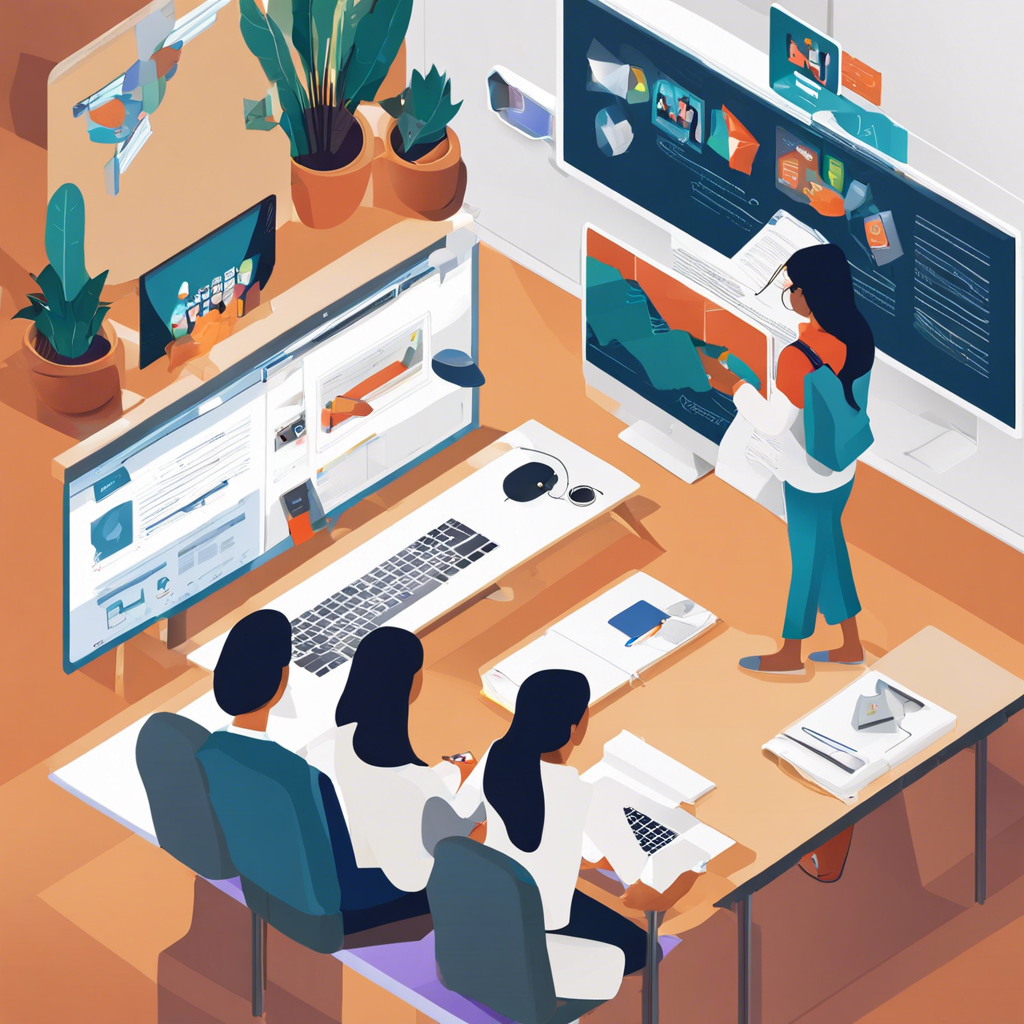# The Rise of Virtual Classrooms: Revolutionizing Education
In today’s digital age, the traditional classroom is undergoing a remarkable transformation. The concept of online learning is no longer a novelty but a mainstream phenomenon, reshaping the way knowledge is imparted and acquired. This shift towards virtual classrooms has been gradual but accelerated, especially during the global challenges of recent years. With technology at the forefront, students and educators are embracing the benefits of online education, marking a new era in the learning experience.
**Accessibility and Flexibility:** One of the key advantages of virtual classrooms is the accessibility they offer. Students from diverse backgrounds and geographic locations can access quality education without the constraints of physical attendance. This is particularly beneficial for individuals in remote areas, those with physical disabilities, or those seeking a flexible learning schedule due to personal or professional commitments. Online learning platforms enable students to engage with course materials at their own pace, promoting a personalized learning journey.
**Interactive Learning Experience:** Far from being a passive experience, online education has evolved to incorporate interactive elements that enhance engagement. Virtual classrooms utilize video conferencing, discussion boards, and collaborative tools to facilitate real-time interactions between students and teachers. This interactive environment fosters active participation, encourages peer-to-peer learning, and nurtures a sense of community, even in a virtual setting. Additionally, interactive features like virtual simulations, quizzes, and multimedia resources make learning more dynamic and enjoyable.
The online learning landscape offers a wide array of resources to support student success. Recorded lectures, digital libraries, and online tutorials enable students to revisit concepts as needed, ensuring a comprehensive understanding of the curriculum. Moreover, virtual classrooms often provide instant access to grades and feedback, allowing students to track their progress and quickly address areas of improvement.
As technology continues to evolve, so does the potential for online learning. The rise of virtual classrooms is not just a temporary trend but a significant shift in education’s landscape. Its ability to transcend geographical boundaries, accommodate diverse learning styles, and provide flexibility makes it an increasingly popular choice for students worldwide.
The impact of virtual classrooms extends beyond the pandemic, as they have proven to be a viable and effective alternative to traditional education. With continued investment in online education platforms and teacher training, the future of learning is set to become even more accessible, interactive, and personalized, empowering students to take charge of their educational journeys.

